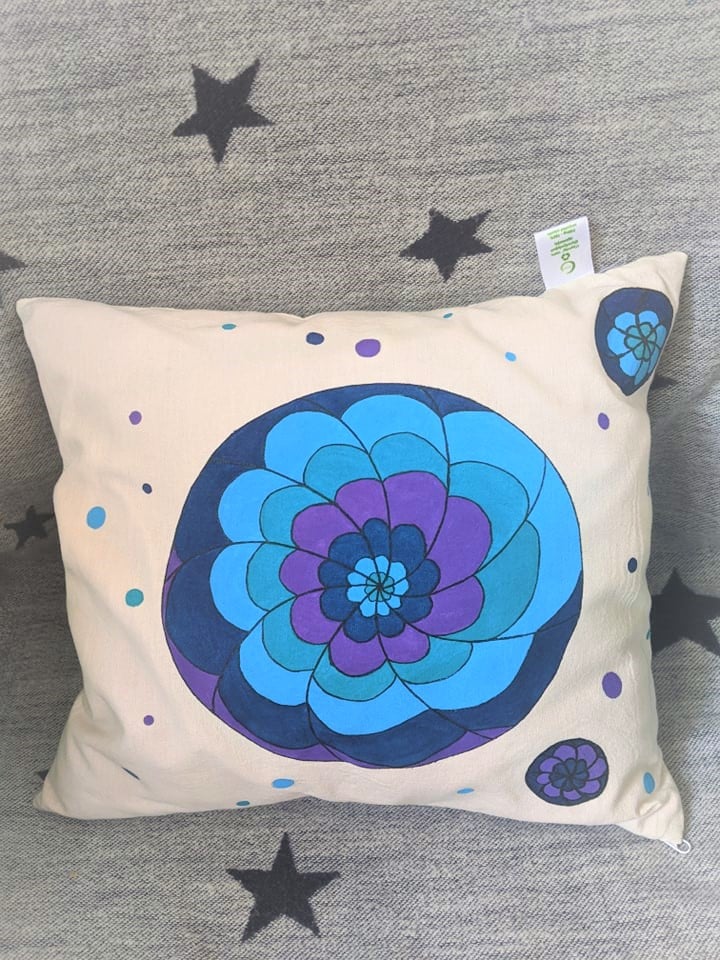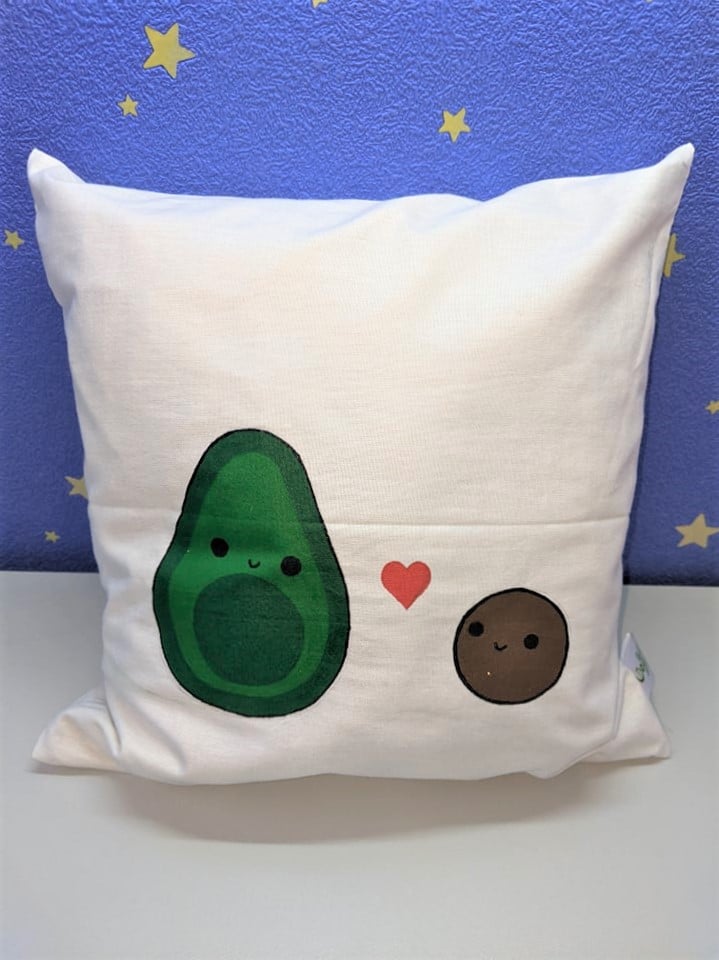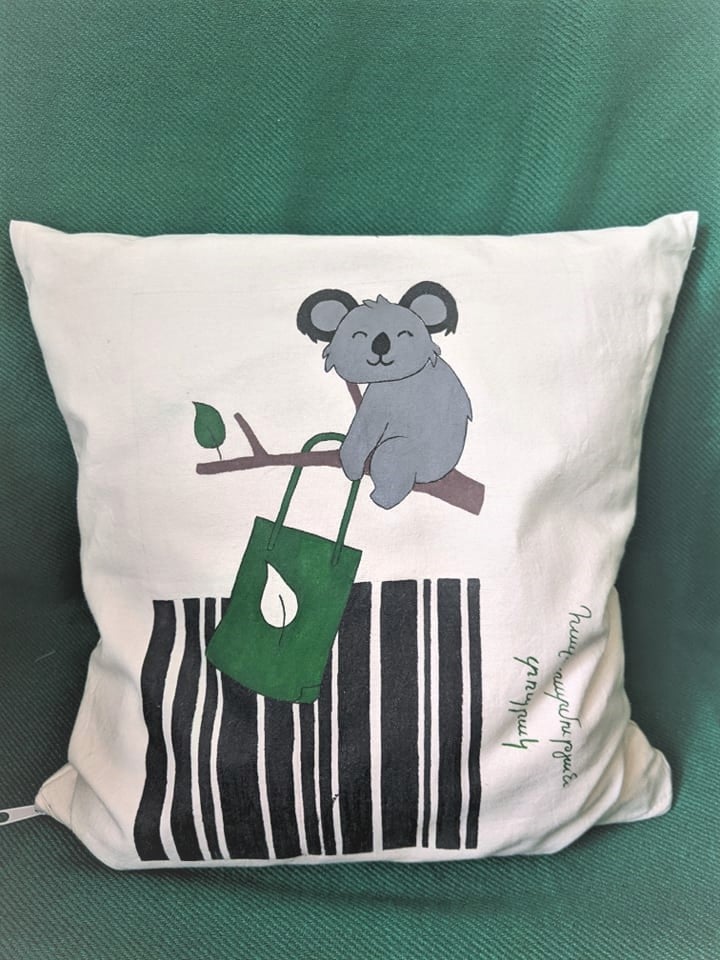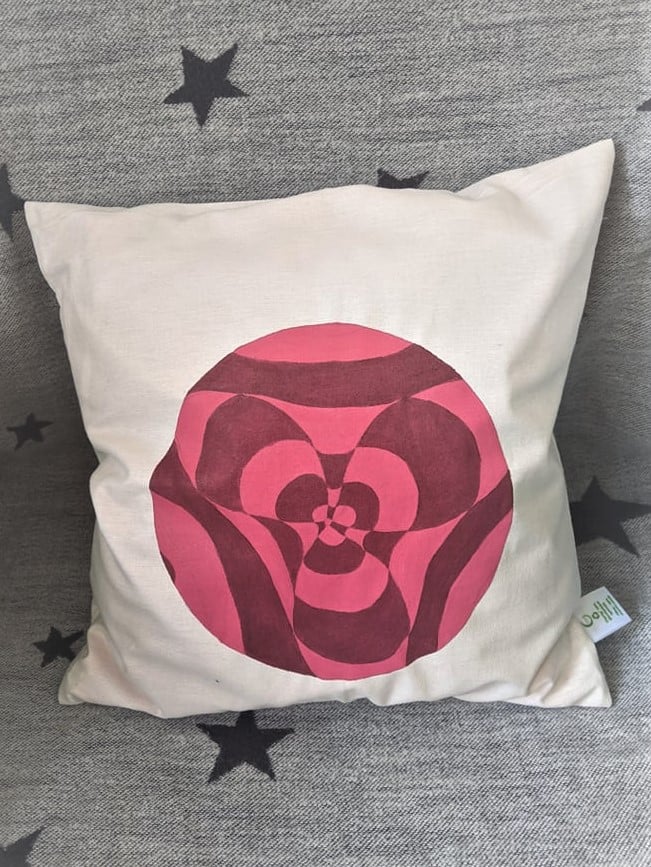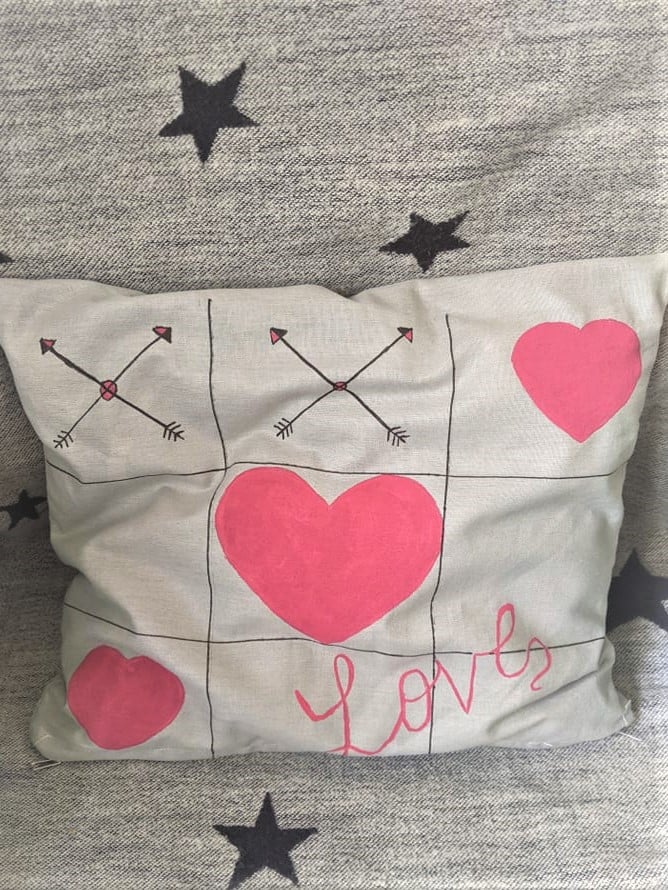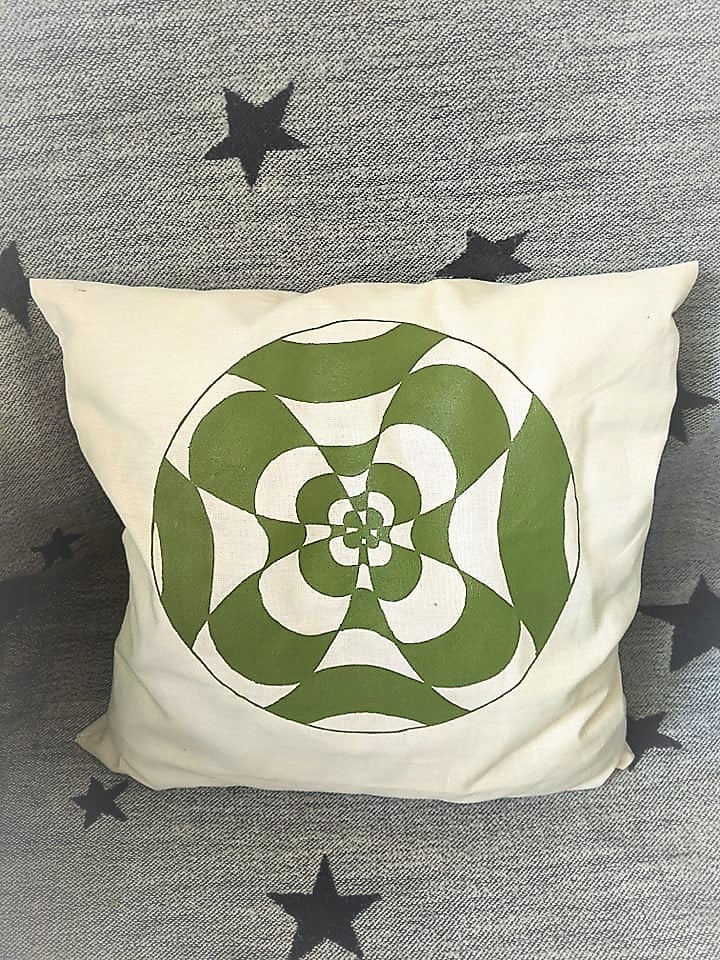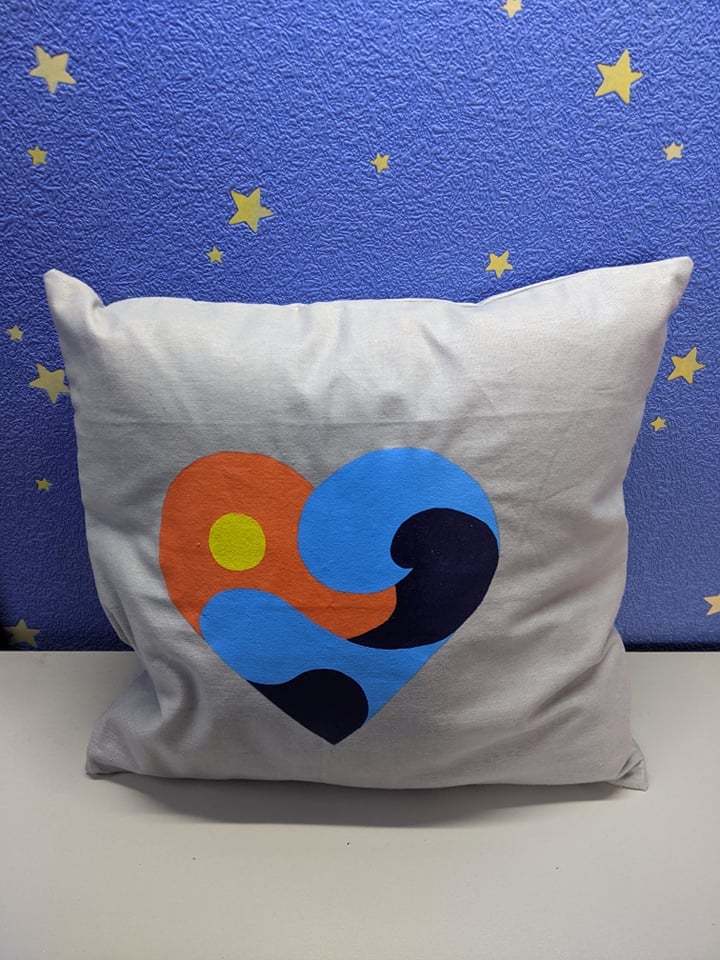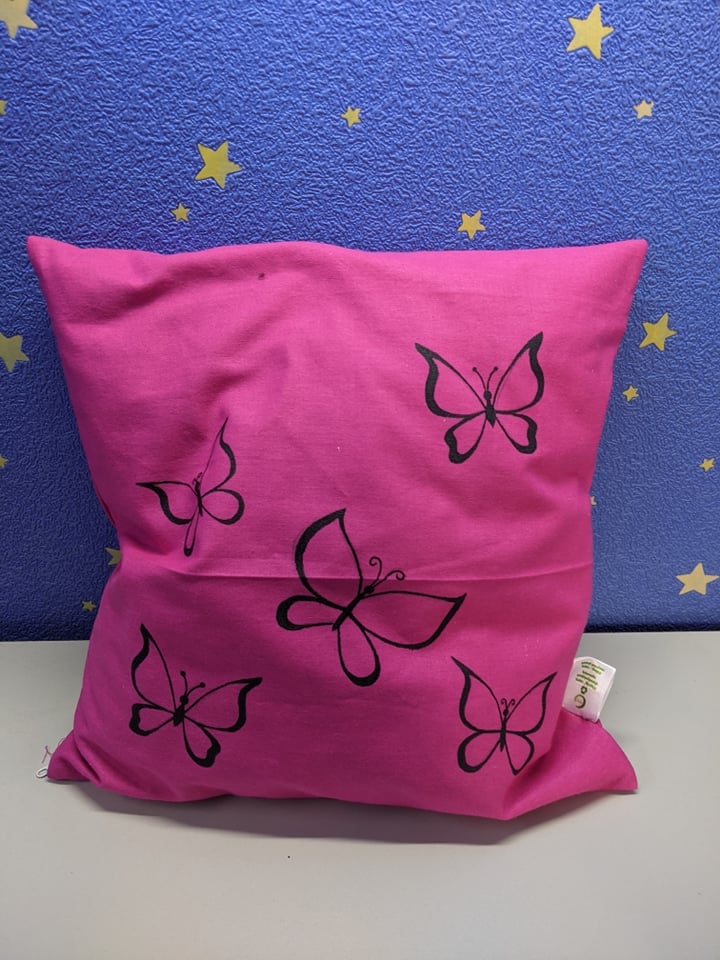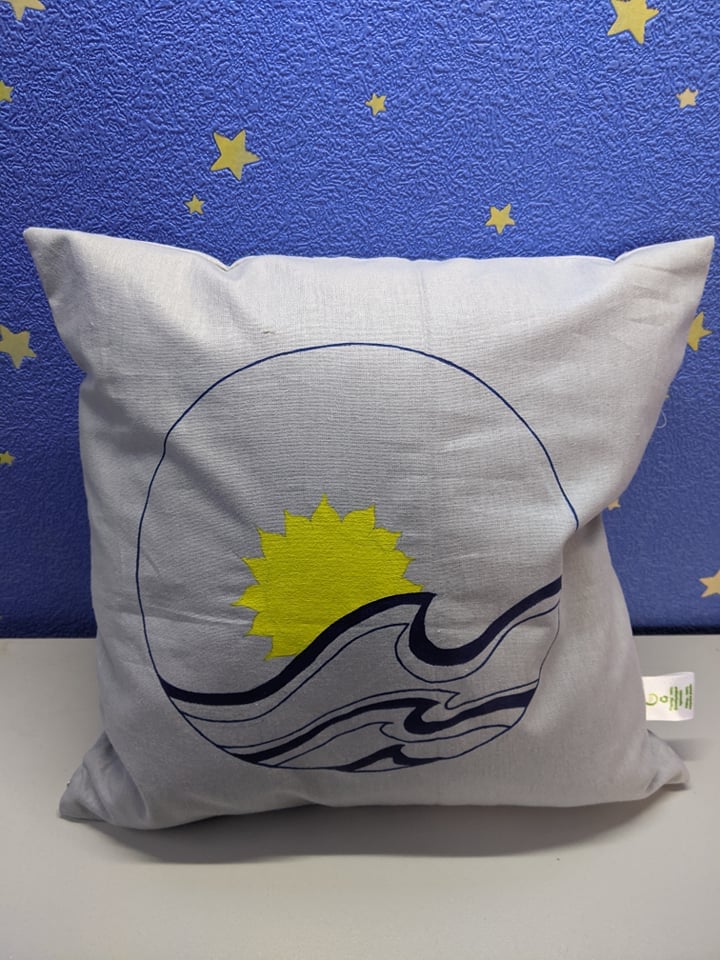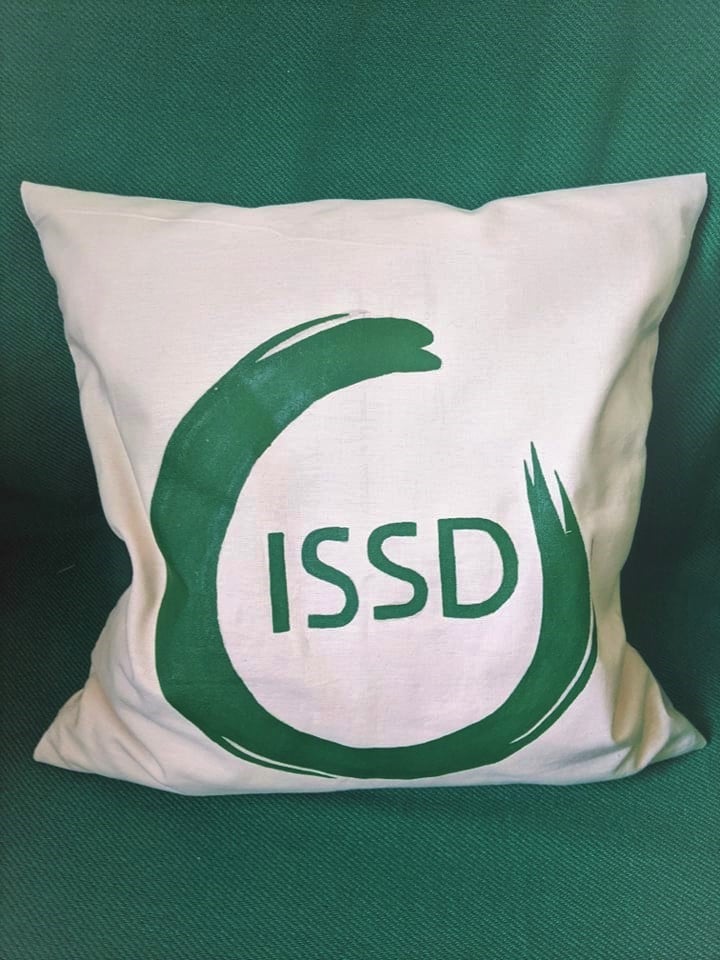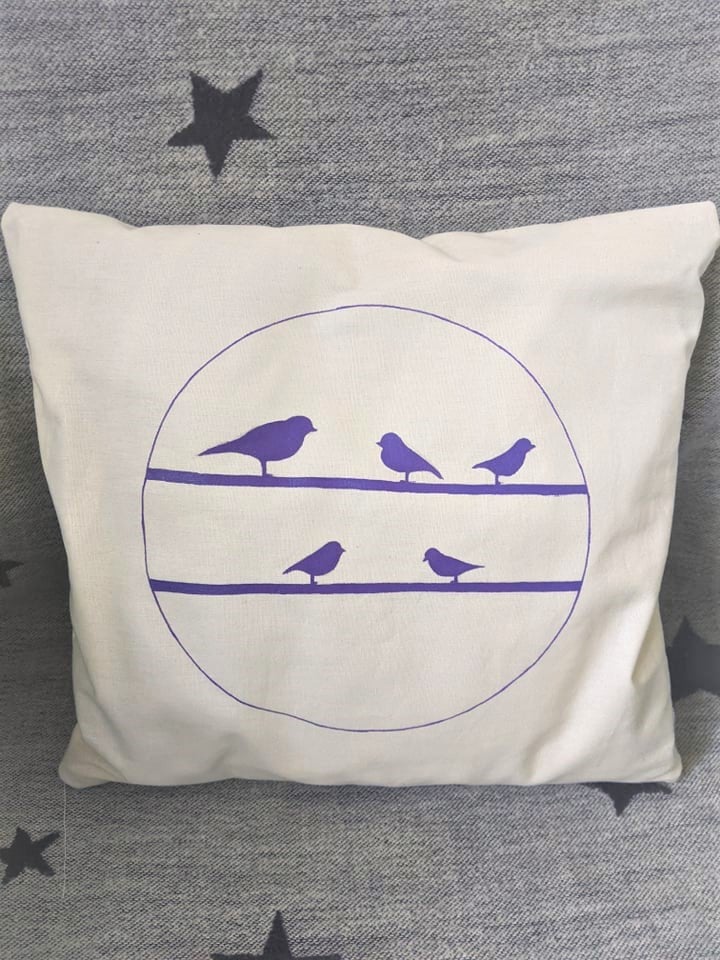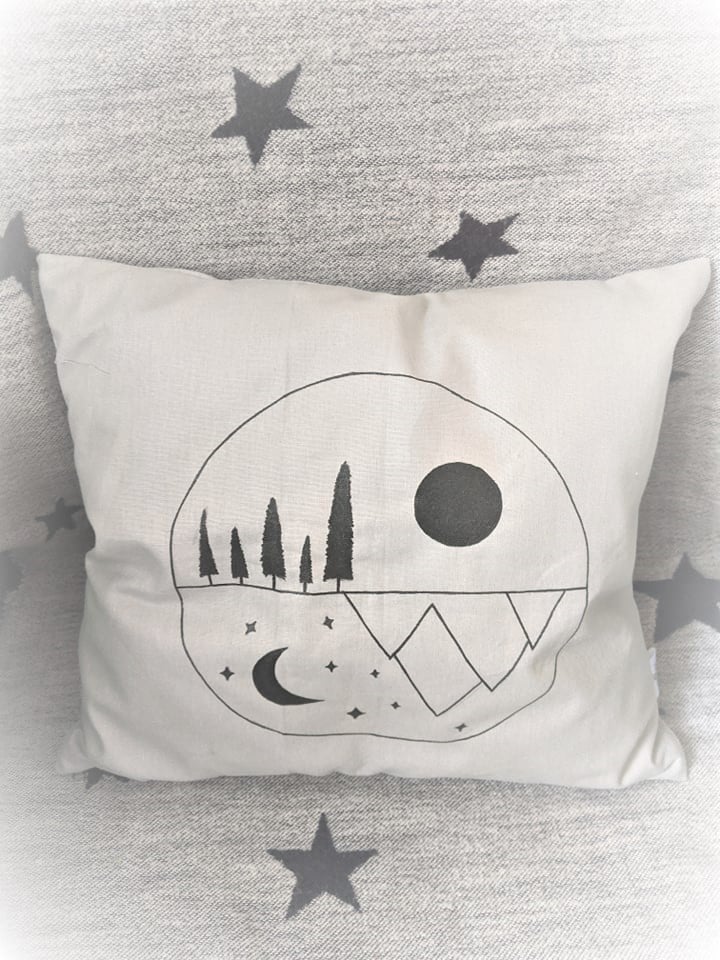I Was a
Plastic Bottle
This project is aimed moving the nation into the production of innovative, upcycled products for consumers and the re-emerging regional textile industry.
Get your recycled cushion today!
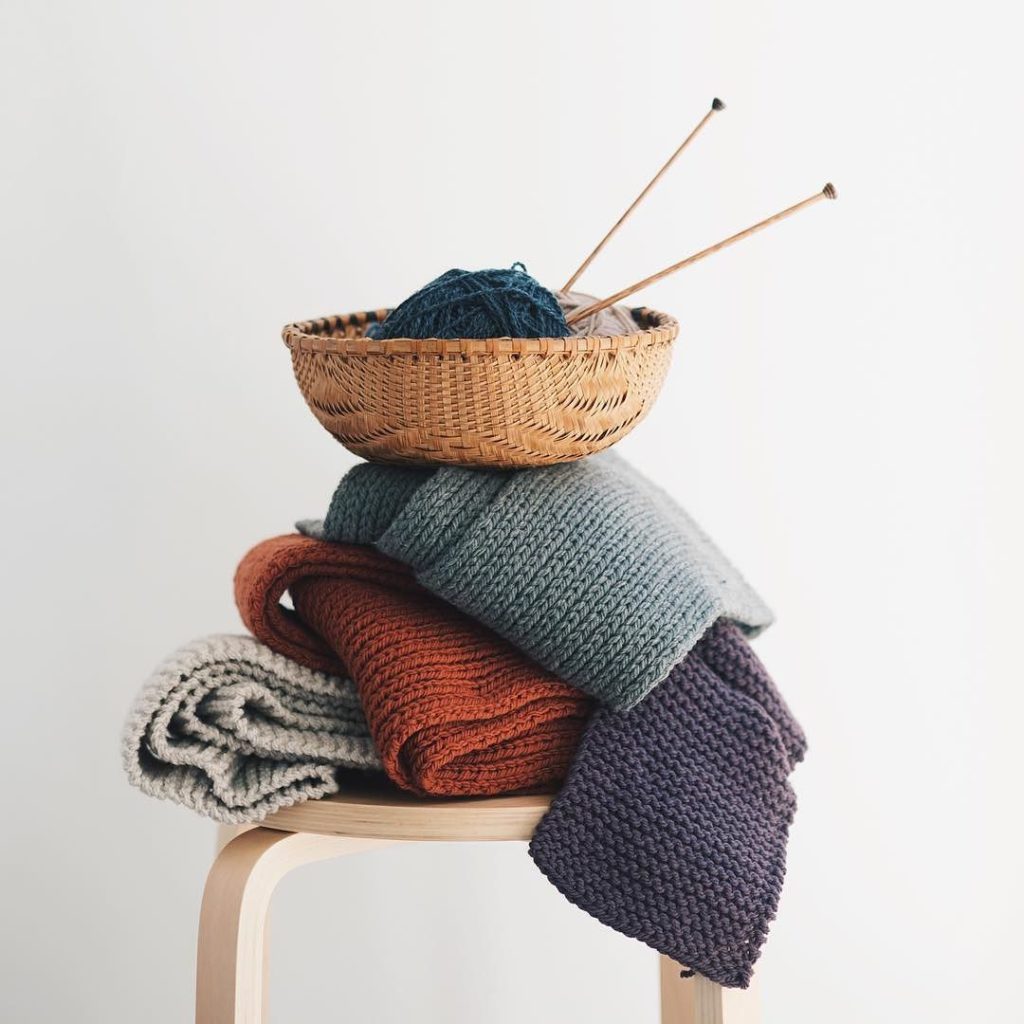

Ongoing
The global challenge of fighting plastic pollution has united millions of enthusiasts around the most pressing environmental issue.


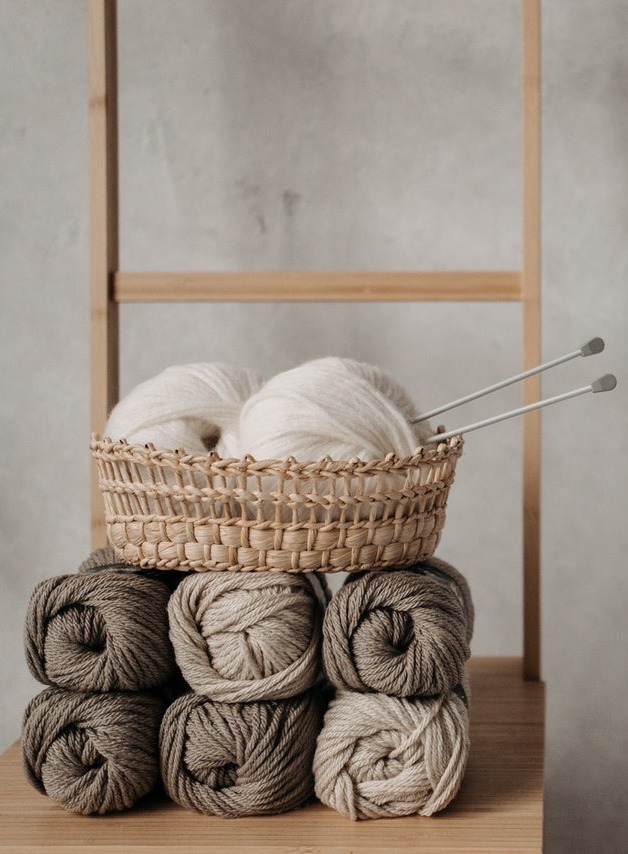

About
The project builds on the logic that reduction and reuse schemes contribute to decreasing the amount of waste ending up in unsanitary landfills and dumpsites. The scheme diverts already generated plastic waste away from unsanitary landfills and nature to durable, long-term use. This has a positive impact on the environment by reducing pollution of air, soil, surface water, and groundwater bodies.
Giving a second chance to plastic, the organization uses PET bottles as its raw material to produce new products. It is possible to convert 1kg of PET bottles into 0.8 kg of filler or 0.6 kg of yarn. There are two core products: yarn and synthetic winterizer (filler) made out of 100% recycled PET bottles. Each product is then used for the production of pillows, cushions, toys, and other items made with the recycled filler. The yarn is used for weaving scarfs, labeling hangers (for pillows), home décor items, etc.
The cushions are available for sail. You can place your order by filling the form bellow. By paying only 4000 AMD per cushion, you will make a contribution today that will result in a better future tomorrow.


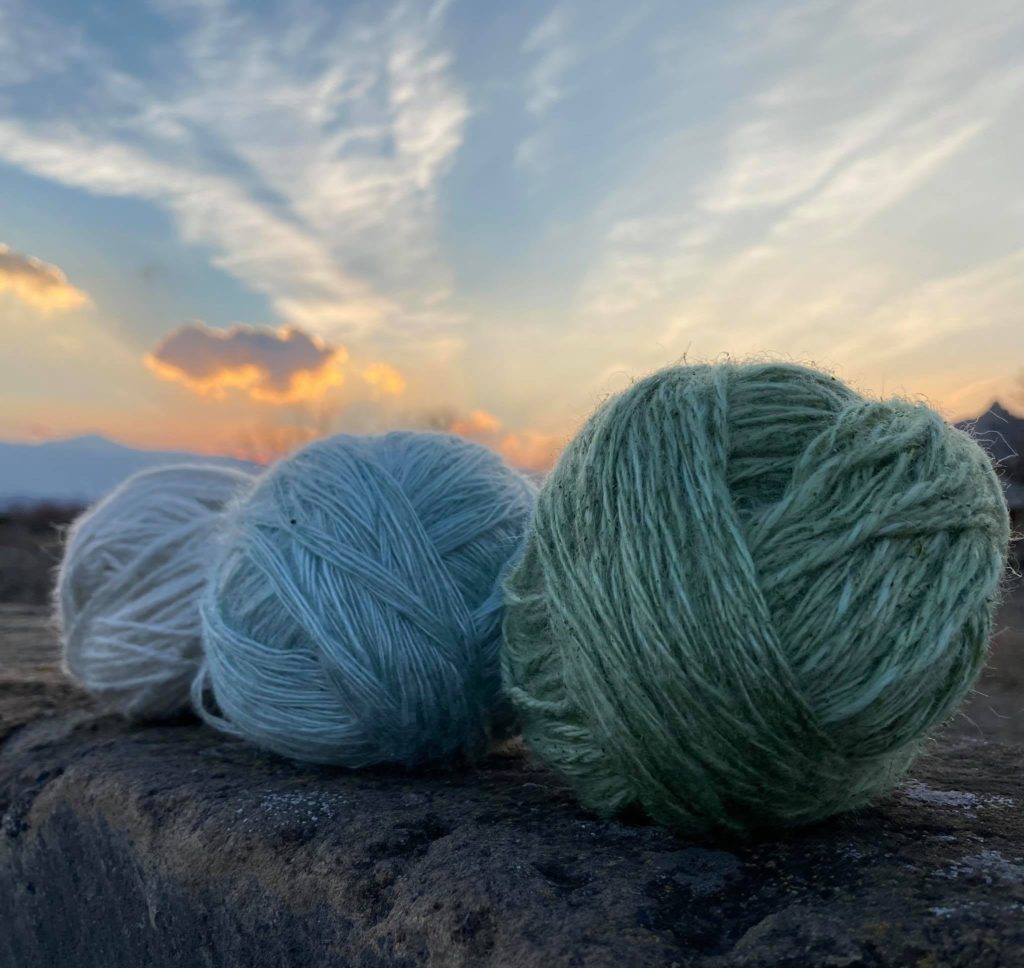

Motivation
The three Rs’ (Reduce, Reuse, and Recycle) principle, adopted by this project, helps to reduce the amount of waste and energy consumption in all the stages of the product lifecycle, decreasing or eliminated Greenhouse Gas (GHG) emissions. GHG emissions are associated with not only decomposed, incinerated or burnt waste, but also with all the stages of the product lifecycle. Thus, by disrupting or altering some stages of that lifecycle through recycling, or by entirely avoiding the stages through reduction and reuse, we limit the release of GHG emissions.
I was a plastic bottle – and I am here to be knitted and crocheted and weaved into a new green life.




